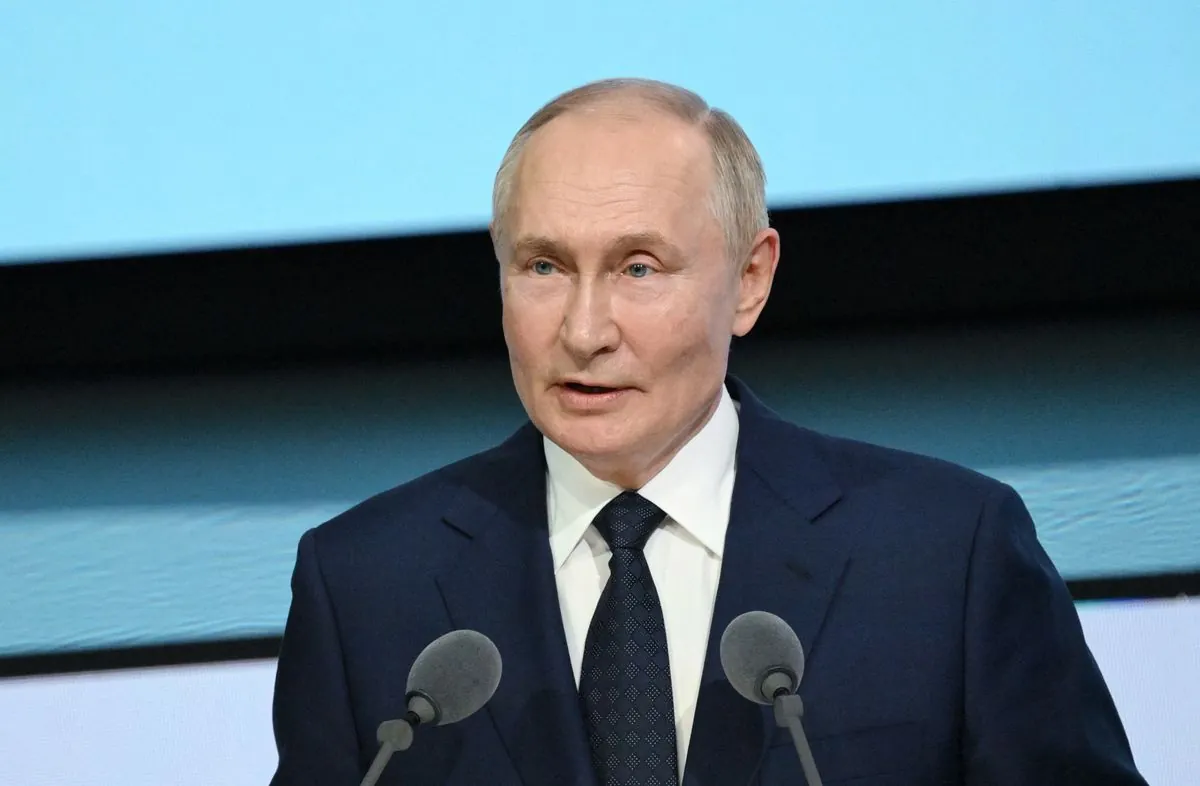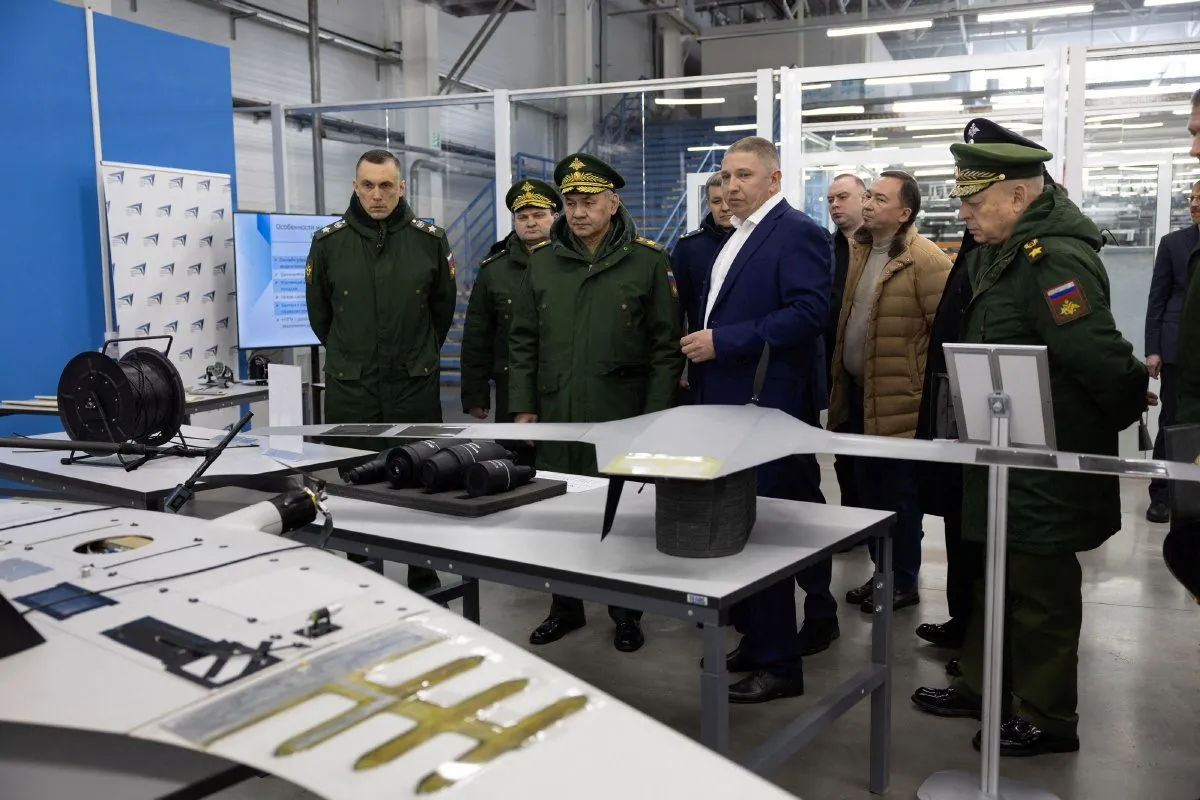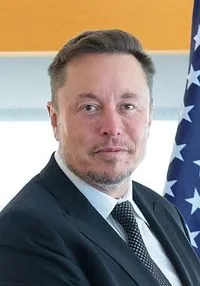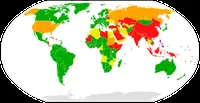Putin Announces Tenfold Increase in Russian Drone Production for Ukraine Conflict
Russia plans to boost drone production to 1.4 million units in 2024, up from 140,000 in 2023. Putin emphasizes the critical role of unmanned aerial vehicles in the ongoing Ukraine conflict.

In a significant development for the ongoing conflict in Ukraine, Vladimir Putin has announced a substantial increase in Russia's drone production capabilities. The Russian leader revealed this information during a meeting in St. Petersburg focused on advancing drone technology.
According to Putin, the Russian armed forces received approximately 140,000 unmanned aerial vehicles (UAVs) of various types in 2023. However, the planned production for 2024 is set to increase dramatically, with an almost tenfold rise to 1.4 million units. This substantial boost in drone manufacturing underscores the growing importance of UAVs in modern warfare.
The conflict in Ukraine, which began with Russia's invasion in February 2022, has now been ongoing for over two and a half years. It has largely been characterized by prolonged artillery exchanges and drone strikes along a heavily fortified front line stretching approximately 1,000 kilometers (620 miles). This extensive battlefront involves hundreds of thousands of soldiers from both sides.

Putin emphasized the critical nature of rapid response in warfare, stating, "Whoever reacts faster to these demands on the battlefield wins." This sentiment highlights the perceived strategic advantage that increased drone production could provide to Russian forces.
The use of drones in this conflict is not limited to Russia. Both Russian and Ukrainian forces have been actively procuring drones from foreign sources while simultaneously ramping up their domestic production capabilities. These UAVs are utilized for a wide range of military applications, including:
- Destroying enemy artillery
- Targeting ammunition depots
- Striking energy infrastructure
- Attacking battleships
The increased focus on drone warfare in this conflict reflects a broader trend in modern military operations. Drones have become an integral part of military strategies worldwide, with their use dating back to World War I for reconnaissance purposes. The term "drone" itself originates from the male bee, known for its distinctive buzzing sound.
"In total, about 140,000 unmanned aerial vehicles of various types were delivered to the armed forces in 2023. This year, the production of drones is planned to increase significantly. Well, to be more precise, almost 10 times."
The rapid advancement of drone technology has led to a wide variety of UAVs being developed for military use. These range from the massive Global Hawk, boasting a wingspan of 130 feet, to the minuscule Black Hornet, measuring just 4 inches in length. Some military drones are capable of remaining airborne for over 24 hours on a single mission, providing extended surveillance and combat capabilities.
As drone usage in warfare increases, so does the development of counter-drone technologies. This includes jamming devices and capture nets designed to neutralize enemy UAVs. Additionally, some nations are exploring the potential of AI-powered autonomous drones for combat operations, further pushing the boundaries of this technology.
While the focus of Putin's announcement is on military applications, it's worth noting that drone technology has found numerous civilian uses as well. These include agricultural applications for crop monitoring and precision farming, as well as humanitarian efforts such as delivering medical supplies to remote areas.
The global drone market is experiencing rapid growth, with projections indicating it could reach $58.4 billion by 2026. This expansion encompasses both military and civilian sectors, highlighting the increasing integration of drone technology into various aspects of modern life.
As the conflict in Ukraine continues, the role of drones in shaping the outcome of this and future military engagements remains a subject of intense interest and speculation among military strategists and international observers alike.


































